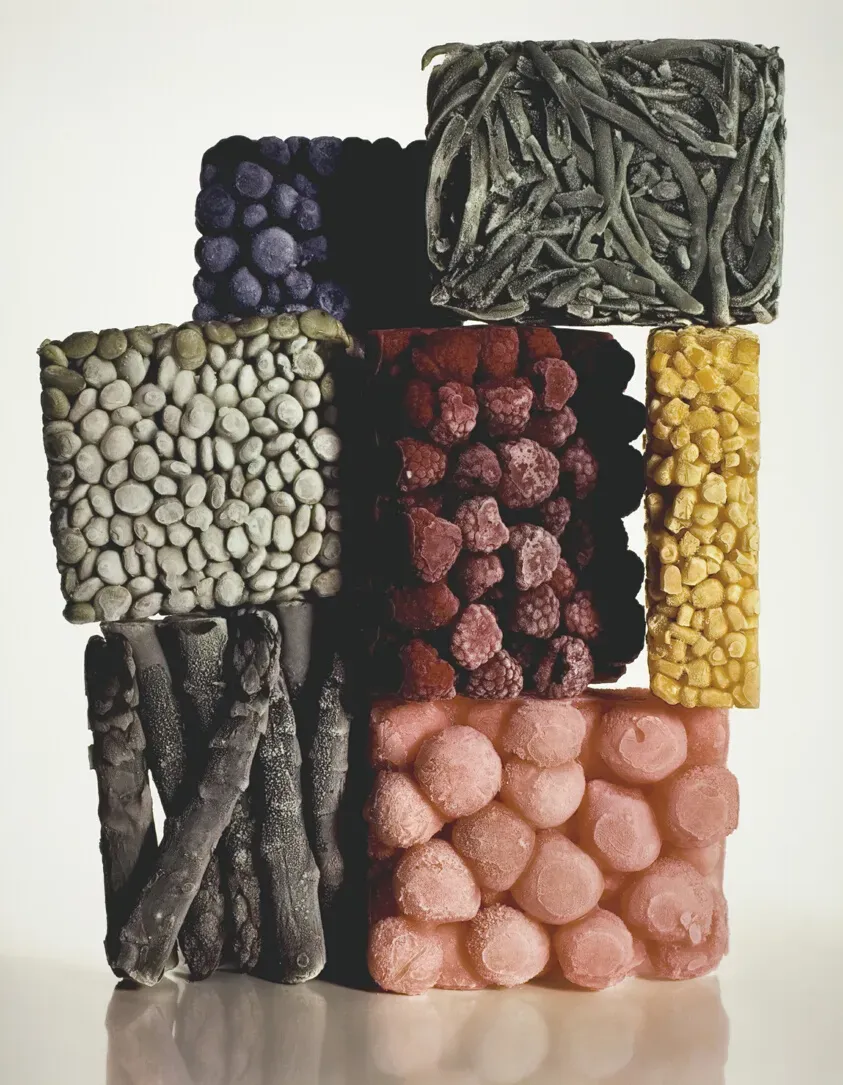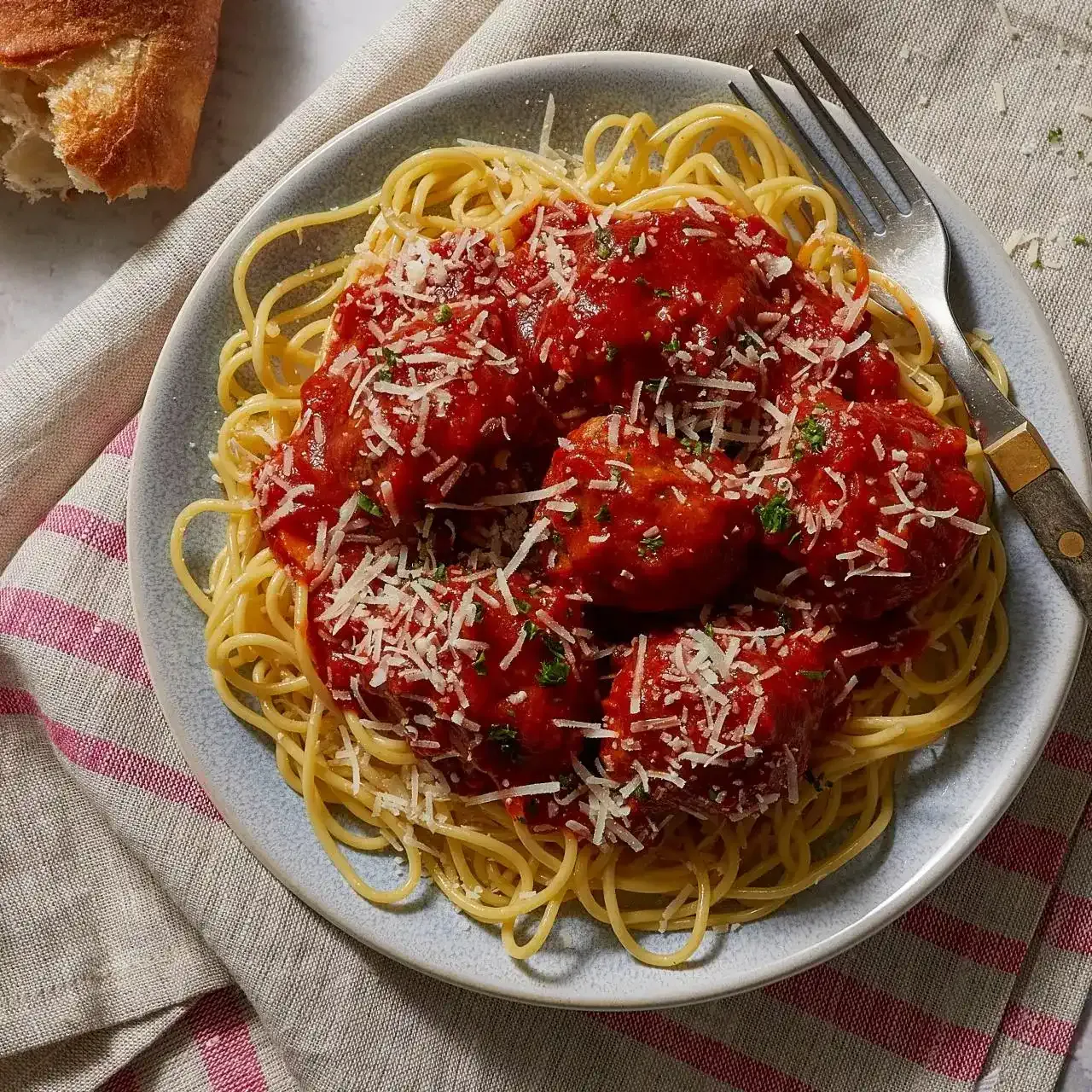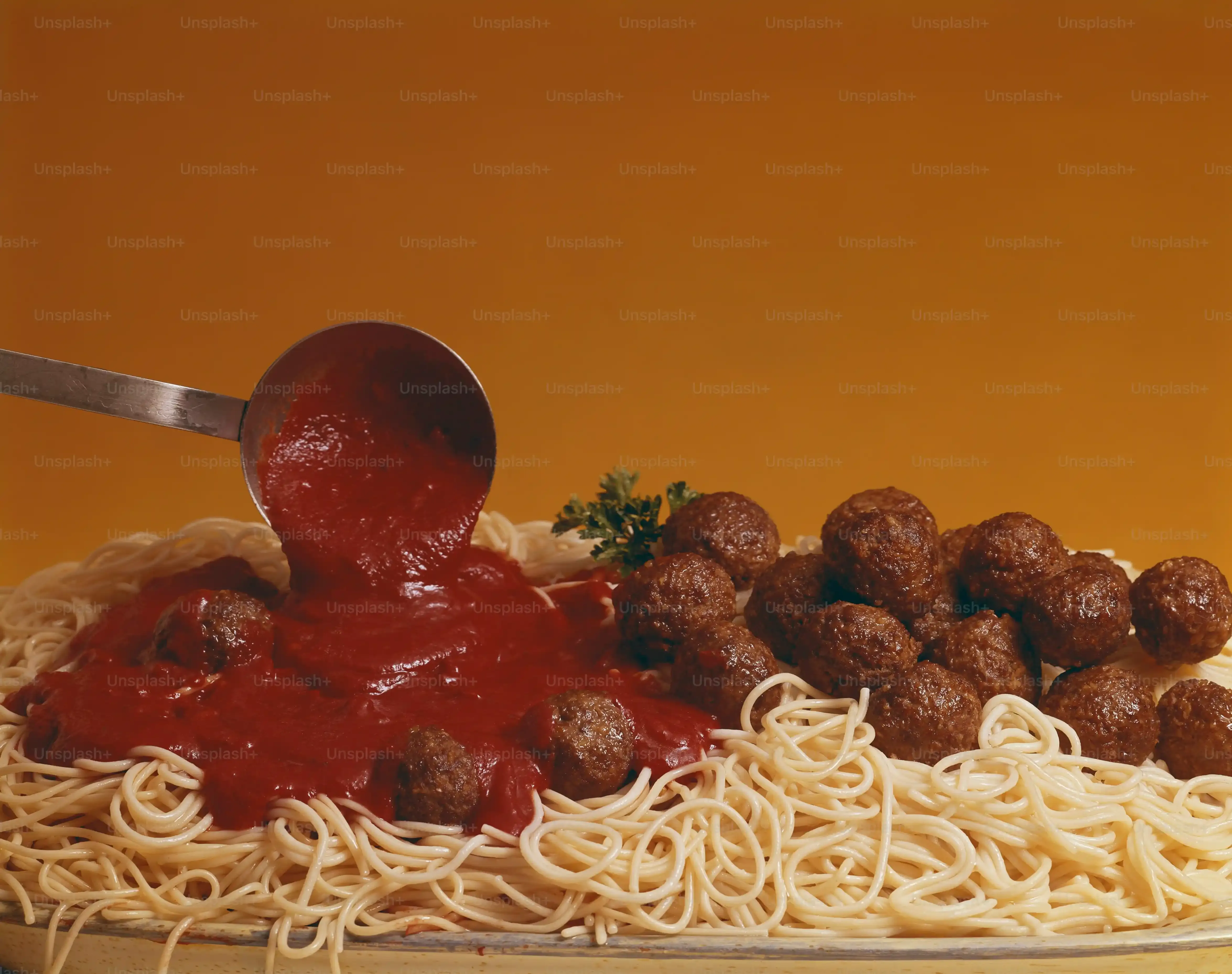Table of Contents
Everyone has a favorite comfort food, and for many, it's a big plate of spaghetti and meatballs. But finding that *just right* recipe? That can feel like a quest. You've probably scrolled through countless sites, maybe even tried a few duds. If you're looking for a reliable, crowd-pleasing option, chances are you've considered turning to the experts. That's where a solid spaghetti and meatballs recipe Food Network style comes in. They've got a roster of chefs, each with their own take on this classic, from quick weeknight versions to slow-simmered Sunday sauces. This article cuts through the noise. We'll look at why Food Network is a great resource for this dish, explore some of the chef-specific twists you might find, and help you figure out which recipe might be your next go-to. Get ready to tie on your apron and dive into the world of delicious, homemade meatballs and sauce.
Finding Your Perfect Spaghetti and Meatballs Recipe Food Network Style

Finding Your Perfect Spaghetti and Meatballs Recipe Food Network Style
Navigating the Recipe Jungle
let's be honest. Trying to find *the one* spaghetti and meatballs recipe on the internet can feel like hacking through a jungle with a butter knife. You type "spaghetti and meatballs" into a search bar, and suddenly you're hit with ten million results. Everyone's nonna has the best recipe, apparently. But when you're short on time or just want a reliable classic that works, wading through blogs with rambling life stories before you even get to the ingredients list gets old fast. That's where turning to a source like Food Network makes sense. They consolidate recipes from well-known chefs, often tested (at least in theory) by their culinary kitchens. It narrows the field considerably while still offering variety.
Picking Your Chef and Style
So, you've decided to explore a spaghetti and meatballs recipe Food Network has to offer. Now the question becomes: which one? Are you after a quick weeknight meal? Rachael Ray's 30-minute version is famous for a reason, even if traditionalists clutch their pearls at the speed. Or maybe you're aiming for a slow, simmering Sunday sauce that fills the house with aroma? Ina Garten's "Real Meatballs and Spaghetti" is more of an investment in time but delivers on depth of flavor, using a mix of meats. Tyler Florence might offer something a bit more rustic, while Valerie Bertinelli taps into that comforting "Mom's recipe" vibe. Each chef brings a slightly different philosophy and technique to the table, literally.
When you're sifting through the options, consider these points:
- How much time do you actually have?
- Are you looking for a specific flavor profile (e.g., spicy, meaty, herb-heavy)?
- What ingredients do you already have on hand?
- Are you okay with frying meatballs, or do you prefer baking?
- Do you want a chunky sauce or a smooth one?
Why Food Network Recipes Stand Out for Classic Comfort Food

Why Food Network Recipes Stand Out for Classic Comfort Food
Tested and (Mostly) True Recipes
Look, let's cut to the chase. Part of the appeal of a spaghetti and meatballs recipe Food Network offers is the perceived reliability. These aren't just random blog posts from someone who made pasta once. They come from chefs who, theoretically, know their way around a kitchen. The recipes are often featured on shows, meaning they've been demonstrated and, one hopes, tested multiple times. While no recipe is foolproof (we've all had kitchen disasters, right?), the odds of success feel higher when you're following instructions from a well-known culinary personality or the network's test kitchen. It takes some of the guesswork out of making a classic like spaghetti and meatballs, which is exactly what you want when you're craving comfort, not culinary chaos.
A Roster of Culinary Heavyweights
Beyond just being tested, Food Network brings a lineup of diverse cooking styles. You get access to different perspectives on the same classic dish. Ina Garten is going to approach meatballs differently than Guy Fieri (thankfully, perhaps). This variety is key. You're not stuck with one rigid method. You can compare techniques – frying versus baking meatballs, adding milk-soaked bread versus breadcrumbs, simmering sauce for hours versus a quicker pan sauce. It allows you to pick a spaghetti and meatballs recipe Food Network features that actually aligns with your cooking style, available time, and desired outcome. It's like having a bunch of expert friends giving you their best tips.
Here's a quick look at what some Food Network chefs might bring to their spaghetti and meatballs:
- Rachael Ray: Speed and simplicity, often favoring quick cooking methods.
- Ina Garten: Classic techniques, quality ingredients, depth of flavor built over time.
- Tyler Florence: Often focuses on rustic, traditional approaches and regional variations.
- Valerie Bertinelli: Comforting, often family-inspired recipes with a focus on ease and flavor.
Chef Secrets and Variations: Beyond the Basic Meatball

Chef Secrets and Variations: Beyond the Basic Meatball
Chef Secrets and Variations: Beyond the Basic Meatball
Moving past the simple idea of "meat + breadcrumbs + egg," chefs on Food Network often reveal little tricks that elevate their meatballs. It's not just about the mix of ground meats – though that's a huge one, with veal, pork, and beef being a classic trio for tenderness and flavor. Some chefs soak bread in milk before adding it to the mix; this "panade" keeps the meatballs incredibly moist. Others swear by adding a touch of grated onion or garlic directly into the meat mix, not just the sauce, for a punchier flavor. You'll see variations in binders too, sometimes just egg, sometimes a mix with ricotta cheese for a lighter texture. The cooking method is another big debate: frying for a crispy exterior that holds up in sauce, or baking for an easier, less messy approach. These aren't earth-shattering revelations, but small tweaks that separate a decent meatball from a truly memorable one.
Making That Food Network Spaghetti and Meatballs Recipe at Home
Gathering Your Arsenal (Ingredients, That Is)
you've scrolled through the options and landed on *the* spaghetti and meatballs recipe Food Network featured that speaks to your soul (or at least your rumbling stomach). Now comes the real work: actually making it. First things first, read the recipe all the way through. I know, revolutionary stuff, but trust me, it saves you from that frantic "oh shoot, I needed ricotta?" moment halfway through mixing the meat. Get all your ingredients laid out. This is called 'mise en place' in fancy chef talk, but really it just means you're less likely to forget the garlic or accidentally use baking powder instead of baking soda (don't ask). Make sure your ground meats are fresh, your canned tomatoes are decent quality (San Marzanos if you're feeling fancy, but any good crushed tomatoes work), and you have fresh herbs if the recipe calls for them. It sounds simple, but having everything prepped makes the actual cooking flow much smoother.
Executing the Plan: Meatballs, Sauce, and Timing
Now for the fun part – getting your hands dirty. When mixing the meatball ingredients, don't overmix. You want everything combined, but beating it into a paste makes for tough meatballs. Gentle hands are key. Rolling them uniformly helps them cook evenly. Size matters too; aim for roughly golf-ball size unless the recipe specifies otherwise. Cooking the meatballs before adding them to the sauce is crucial for flavor and texture. Whether you're frying them for that lovely browned crust or baking them for ease, make sure they're mostly cooked through before they hit the simmering sauce. The sauce itself needs time to develop. Even Rachael Ray's quick sauce benefits from a little simmering. Let those flavors meld. Don't rush it just because you're hungry. Get the pasta water boiling only when the sauce and meatballs are nearly ready; timing is everything so your spaghetti isn't sitting around getting cold and clumpy.
Things to double-check:
- Did you season the meatballs *and* the sauce?
- Is the sauce simmering gently, not boiling wildly?
- Is your pasta water properly salted (like the sea)?
- Are you using the correct type of pasta for the sauce? (Spaghetti is classic for a reason!)
Wrapping Up Your Spaghetti and Meatball Journey
So, you've explored the different paths Food Network offers to the perfect plate of spaghetti and meatballs. Whether you gravitated towards Rachael Ray's speedy approach, Ina Garten's classic touch, or another chef's unique spin, the key takeaway is that a great recipe is within reach. It often comes down to finding the method that fits your time and taste preferences. Don't be afraid to try a couple, maybe tweak them slightly as you go. Ultimately, the goal is a satisfying meal that brings people to the table. Good luck with your next batch.